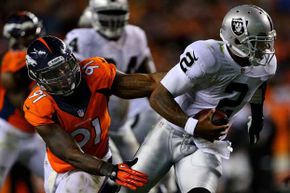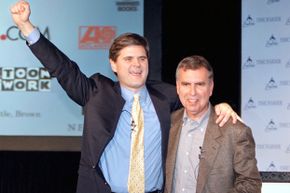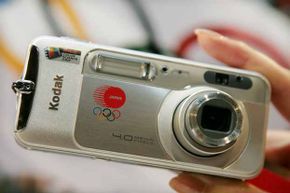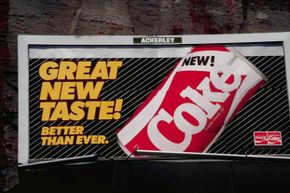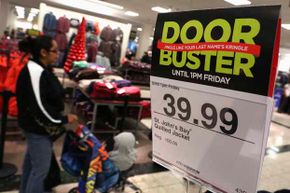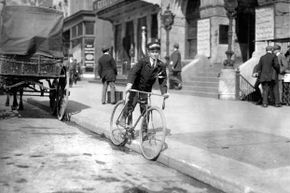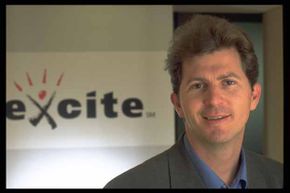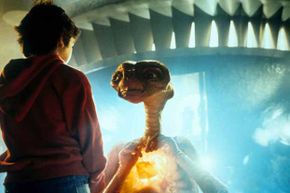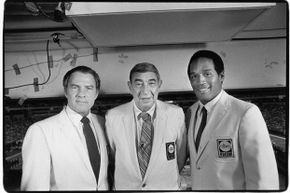Hindsight is 20/20. Sure, it's easy to make fun of the Mars CEO who said "no" to Steven Spielberg when offered to feature M&Ms in the movie "E.T." And it's tempting to wonder how Blockbuster could have passed on the chance to buy Netflix for a bargain and then stubbornly refuse to go digital.
But who could have predicted that "E.T." would become one of the most popular movies of all time? (Um, Spielberg had only made "Jaws" five years earlier.) And why would anyone have thought that moviegoers would abandon video rental stores for the convenience of online streaming? (Well, because it makes complete sense.)
Advertisement
On second thought, let's stop apologizing for our enviable position in the present and just rip into the following 10 companies for making the worst business decisions ever. Who's up first?
